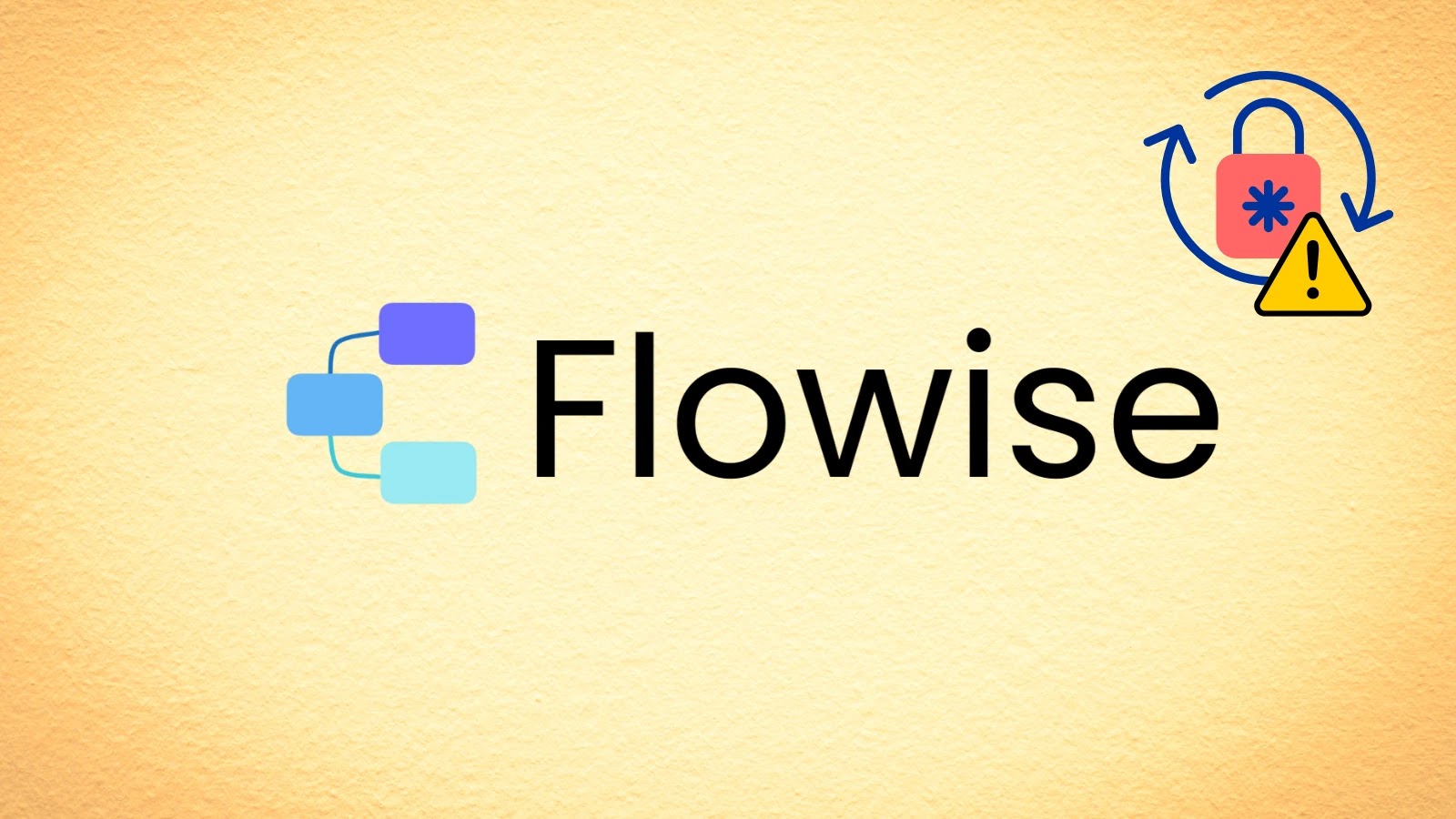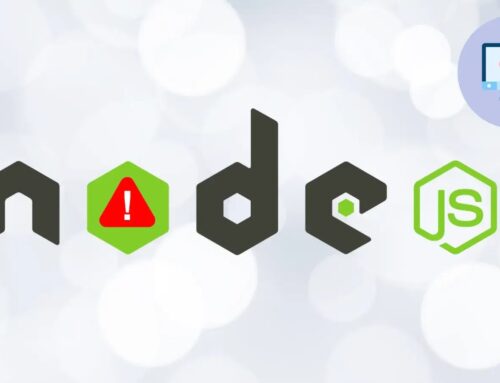
FlowiseAI Password Reset Token Vulnerability Allows Account Takeover
In the intricate world of artificial intelligence platforms, security is paramount. A recently disclosed critical vulnerability within FlowiseAI’s Flowise platform has sent ripples of concern through the cybersecurity community, exposing a severe authentication bypass flaw that could lead to complete account takeovers. This isn’t just an isolated incident; it affects both cloud deployments and self-hosted instances, making it a widespread threat to organizations leveraging this powerful AI agent-building tool.
Understanding the FlowiseAI Password Reset Vulnerability
The vulnerability, officially tracked as CVE-2025-58434, centers on a critical flaw in the password reset token mechanism of FlowiseAI. Attackers can exploit this weakness with minimal effort to gain unauthorized access to user accounts. This type of security lapse is particularly dangerous because it bypasses traditional authentication methods, directly compromising user identities and the data associated with their accounts.
Impact on FlowiseAI Cloud and Self-Hosted Deployments
What makes this vulnerability particularly alarming is its broad scope. It impacts both the cloud-based deployments hosted at cloud.flowiseai.com and potentially any self-hosted installations of the Flowise platform. For organizations relying on the cloud version, this means their accounts could be targeted without needing direct access to their infrastructure. For self-hosted users, the onus is on individual administrators to implement proper patching and mitigation strategies. The potential for complete account takeover means an attacker could gain full control, including access to sensitive AI models, data, and operational configurations, leading to significant data breaches, intellectual property theft, or service disruption.
The Mechanics of Account Takeover
While specific technical details of the exploit are often withheld for responsible disclosure, password reset token vulnerabilities typically allow attackers to manipulate or predict token values. This could involve:
- Weak Token Generation: If tokens are not cryptographically strong or sufficiently random, they can be brute-forced or guessed.
- Token Reuse/Predictability: If tokens can be reused or follow a predictable pattern, an attacker can bypass the intended one-time use.
- Improper Validation: Flaws in how the platform validates the token, allowing an attacker to submit an incorrect or expired token that is still accepted.
- Session Fixation: In some cases, a password reset process might inadvertently allow an attacker to fixate a session, leading to control over the renewed session.
Regardless of the exact method, the result is the same: an attacker can reset a legitimate user’s password without their knowledge or consent, subsequently logging into their account.
Remediation Actions for FlowiseAI Users
Addressing CVE-2025-58434 requires immediate attention from all FlowiseAI users. Here are critical steps to take:
- Apply Patches Immediately: Monitor official FlowiseAI channels for security updates and patches. Apply these updates to both cloud and self-hosted instances without delay.
- Review Access Logs: Scrutinize access logs for any unusual login attempts or password reset requests that were not initiated by legitimate users.
- Enforce Multi-Factor Authentication (MFA): Where available, enable MFA for all user accounts. This adds an essential layer of security, making account takeover significantly more difficult even if a password is compromised.
- Rotate API Keys and Credentials: As a precautionary measure, consider rotating any API keys, tokens, or credentials used with FlowiseAI, especially if they are tied to accounts that could have been affected.
- Educate Users: Remind users about phishing awareness and the importance of never clicking on suspicious links, especially those related to password resets.
- Regular Security Audits: Implement a routine of security audits and penetration testing for self-hosted FlowiseAI deployments to proactively identify and address vulnerabilities.
Tools for Detection and Mitigation
While direct patching is the primary solution, various cybersecurity tools can aid in detecting potential exploitation attempts or improving overall security posture.
| Tool Name | Purpose | Link |
|---|---|---|
| OWASP ZAP | Web application security scanner to find vulnerabilities, including authentication flaws. | https://www.zaproxy.org/ |
| Burp Suite | Comprehensive set of tools for web application security testing, including proxying, scanning, and intruder functions. | https://portswigger.net/burp |
| Nessus | Vulnerability scanner capable of identifying known vulnerabilities in web applications and underlying systems. | https://www.tenable.com/products/nessus |
| WAF (Web Application Firewall) | Provides a layer of protection against various web-based attacks by filtering and monitoring HTTP traffic. | N/A (Vendor-specific examples: Cloudflare, Akamai) |
Conclusion
The disclosure of CVE-2025-58434 in FlowiseAI highlights the persistent need for robust security practices in software development and deployment. A critical password reset token vulnerability that allows for complete account takeover is a severe threat that demands immediate action from all affected users, whether they are on cloud or self-hosted platforms. Applying patches, enforcing MFA, and vigilant monitoring are not merely best practices; they are essential steps to safeguard your AI deployments and data from malicious actors.





